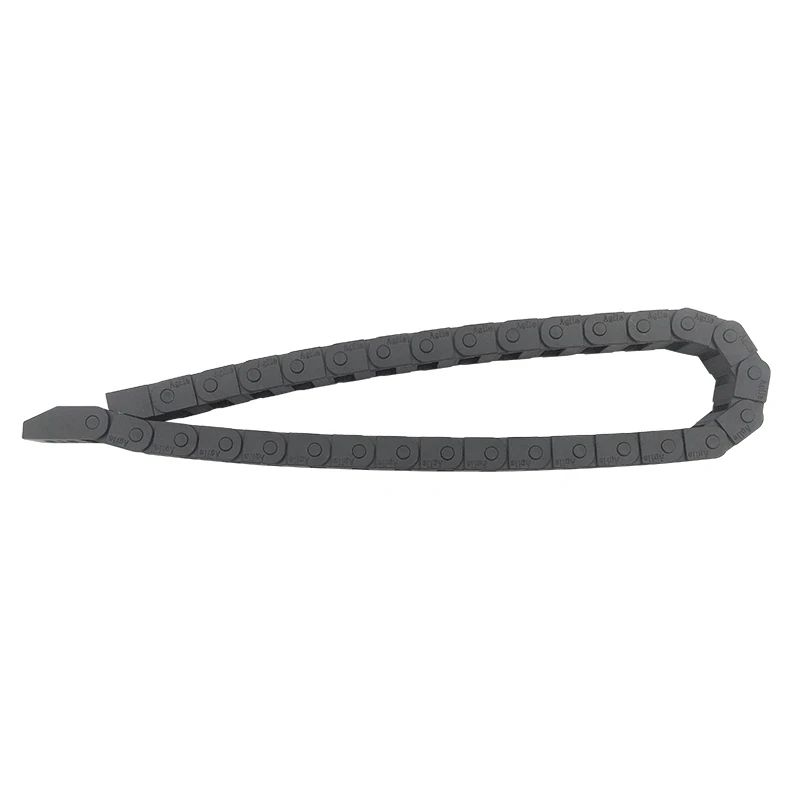Exploring Various Sizes of Split Loom Tubing for Your Wiring Needs
Understanding Split Loom Tubing Sizes and Their Applications
When it comes to protecting wires and cables from abrasion, chemicals, and environmental factors, split loom tubing is a popular choice among electricians, engineers, and DIY enthusiasts. This flexible and durable material not only enhances the longevity of electrical installations but also provides an organized and aesthetically pleasing appearance to wiring systems. One of the critical aspects to consider when selecting split loom tubing is its size. Understanding the various sizes available, their applications, and how to choose the right one for your needs is essential for any project involving electrical wiring.
What is Split Loom Tubing?
Split loom tubing is a type of protective conduit made from polyethylene or polypropylene materials. It features a split along one side, which allows it to easily wrap around multiple wires and cables. This design provides flexibility while ensuring that the wires are shielded from damaging environmental factors. Commonly used in automotive, marine, industrial, and residential applications, split loom tubing comes in various sizes and configurations to accommodate different wiring needs.
Common Sizes of Split Loom Tubing
Split loom tubing is available in several sizes, typically ranging from 1/4 inch to 2 inches in diameter. The sizing usually corresponds to the outer diameter (OD) of the tubing, which is crucial when determining which size to use based on the wires you are working with. Here’s a breakdown of some common sizes and their typical wire capacity
1. 1/4 inch (6 mm) Suitable for small wires and cables, such as audio wires or low-voltage lines. 2. 3/8 inch (10 mm) Often used for wiring in automotive applications, accommodating small to medium cables.
3. 1/2 inch (13 mm) A versatile choice for a variety of applications, including home electrical systems and hobby projects.
4. 3/4 inch (20 mm) Ideal for standard automotive wiring and thicker cables that require additional protection.
5. 1 inch (25 mm) Commonly used in industrial settings, this size can house multiple wires for machinery and equipment.
6. 1-1/4 inch (32 mm) and 1-1/2 inch (38 mm) These larger sizes are typically used in heavy-duty applications, such as commercial installations, where large bundles of wires are present.
7. 2 inches (50 mm) This size is designed for very large bundles of cables, often seen in industrial manufacturing or data centers.
split loom tubing sizes

Choosing the right size is vital; using tubing that is too small can lead to damage or strain on the cables, while tubing that is too large may not offer adequate support or protection.
Applications of Split Loom Tubing
The versatility of split loom tubing allows it to be used in a wide range of applications. Here are a few common uses
- Automotive Wiring Protecting wiring harnesses and electrical connections from heat, vibration, and abrasion. - Marine Applications Shielding wiring in boats and other marine vehicles from moisture and corrosion. - Industrial Equipment Organizing and protecting electrical wiring in machinery, control panels, and manufacturing setups. - Home Applications Used for home renovations, DIY projects, or where organized cable management is desired, such as entertainment centers or computer setups.
How to Choose the Right Size
When selecting split loom tubing, consider the following factors
1. Diameter of the Wires Measure the diameter of the cables you intend to protect. Select a tubing size that allows for some extra space without being too loose.
2. Number of Wires If you're bundling multiple cables, account for the combined diameter when determining size.
3. Environmental Factors Consider the environment in which the tubing will be used. If cables will be exposed to heat or chemicals, ensure the material is suitable and the size allows for adequate airflow.
4. Flexibility and Movement If your installation requires flexibility, choose a size and material that won't restrict movement of the wires.
Conclusion
In summary, split loom tubing is an essential component for anyone working with electrical wiring, offering both protection and organization. By understanding the various sizes available and their specific applications, you can ensure that you select the right tubing for your project. Following best practices during installation will not only enhance the longevity of your wiring system but also promote safety and functionality in any electrical configuration. Whether you’re an experienced professional or a novice DIYer, knowing how to choose the appropriate split loom tubing is key to a successful wiring project.








